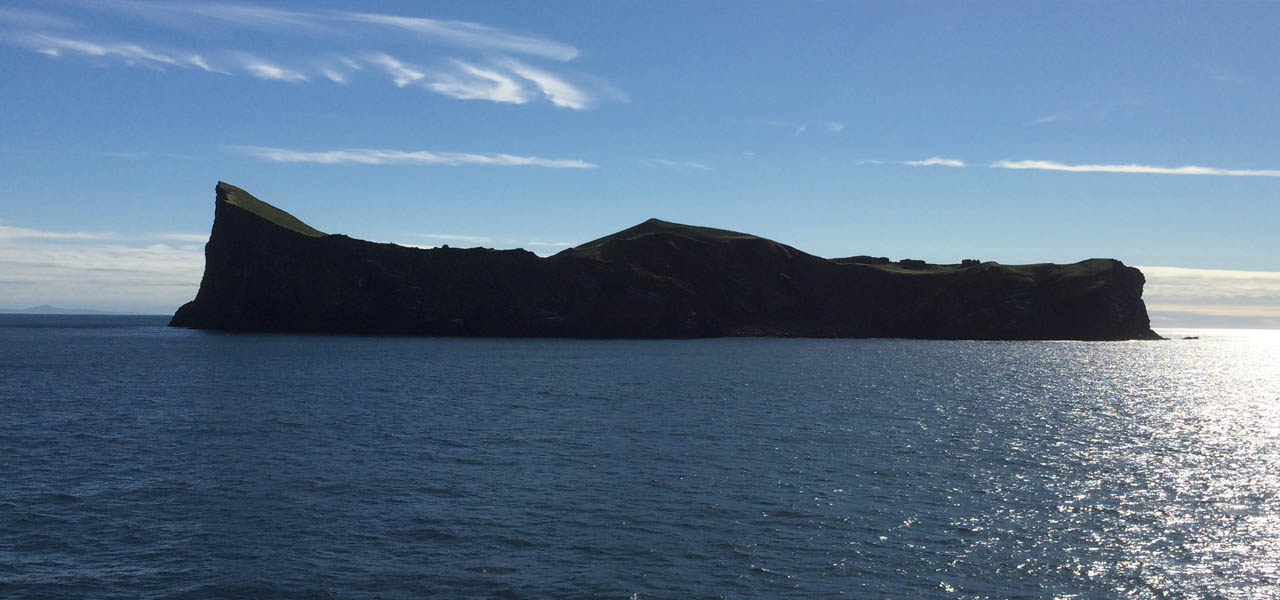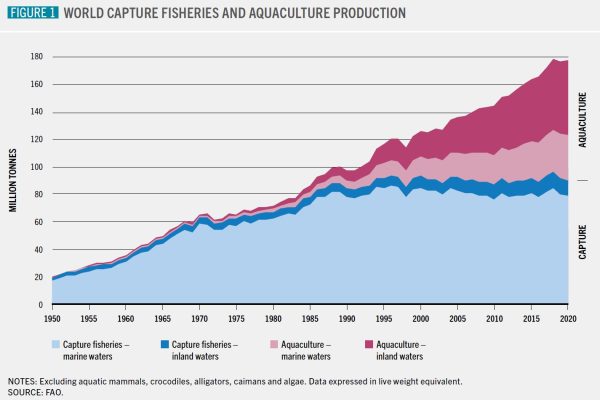
The State of World Fisheries and Aquaculture 2022 – FAO Report
2022.7.28

Despite significant previous progress, the world is off track to end hunger and malnutrition in all its forms by 2030. This has elevated the calls to urgently transform our agrifood systems to ensure food security, improve nutrition and secure affordable healthy diets for a growing population, while safeguarding livelihoods and our natural resources. Aquatic foods are increasingly recognized for their key role in food security and nutrition, not just as a source of protein, but also as a unique and extremely diverse provider of essential omega-3 fatty acids and bioavailable micronutrients. Prioritizing and better integrating fisheries and aquaculture products in global, regional and national food system strategies and policies should be a vital part of the necessary transformation of our agrifood systems.
The 2022 edition of The State of World Fisheries and Aquaculture – Towards Blue Transformation – builds on this narrative by presenting quantitative evidence of the growing role of fisheries and aquaculture in providing food, nutrition and employment. This report also highlights further changes needed in the fisheries and aquaculture sector to address the challenges of feeding the world effectively, equitably and sustainably.
Download and read the report here
Here are some of the main take aways of the report:
- Larger volumes of commercially produced seafood are not overfished. More than 82% of fisheries landings by volume are from stocks considered by the FAO to be sustainably fished, an increase of nearly 4% compared to two years previous. As of 2020, this represents about 65 million tonnes from marine capture fisheries. This increase is largely driven by improvements in larger, higher volume fisheries, such as those that target anchoveta, pollock and tunas.
- The number of monitored stocks that are considered overfished is increasing. The FAO monitors over 500 fish stocks across the globe, with widely varying abundances and catch sizes. Almost 35% of these stocks are now considered overfished, compared to only 10% of stocks in 1974.
- Demand for sustainable seafood is increasing. The total amount of aquatic resources grown or harvested for human consumption (excluding algae) is now 157 million tonnes – a new record. Overall, the growth rate has been twice the rate of population growth since 1961 and consumption has now reached 20.2 kg per capita, more than double the consumption in the 1960s.
- A call for a blue transformation. The FAO’s vision for improving aquatic food systems has three goals – sustainable aquaculture intensification and expansion, effective management of all fisheries, and upgraded food and value chains. If this is done effectively, aquatic food consumption is projected to grow to 25 kg per person per year by 2050, relieving the pressure on land-based food systems. But a failure to ensure sustainability will result in a reduction in per-capita consumption, adding pressure to other food systems as well as to food and nutrition security in countries highly dependent on seafood.
- Utilization and processing of fisheries and aquaculture production have changed considerably in past decades. In 2020, 89 percent (157 million tonnes) of world production (excluding algae) was used for direct human consumption, compared with 67 percent in the 1960s. The remainder (over 20 million tonnes) was used for non-food purposes – the vast majority for fishmeal and fish oil, with the rest for ornamental fish, bait, pharmaceutical applications, pet food, and direct feeding in aquaculture and raising of livestock and fur animals.
You can find more information about the report here.



